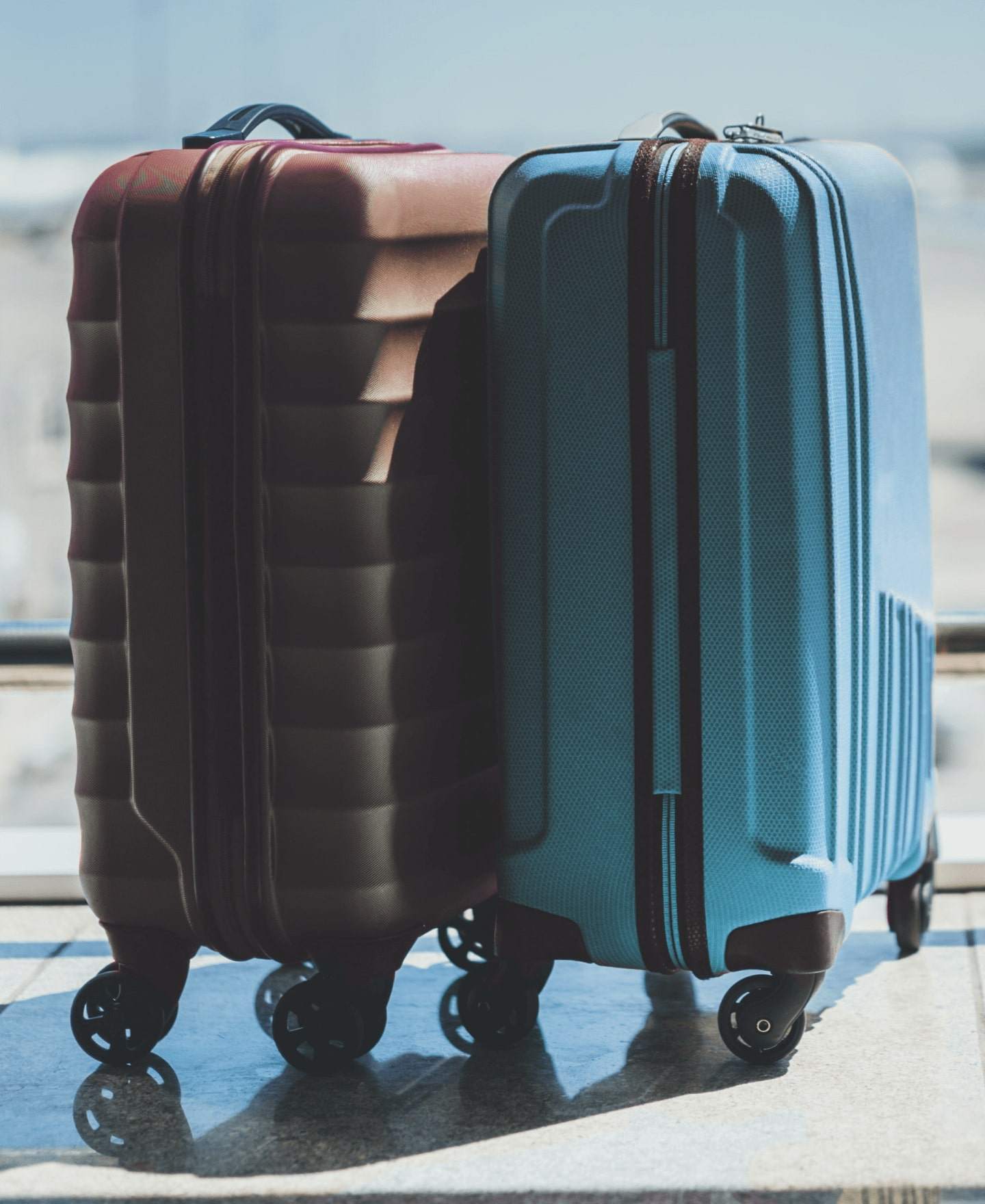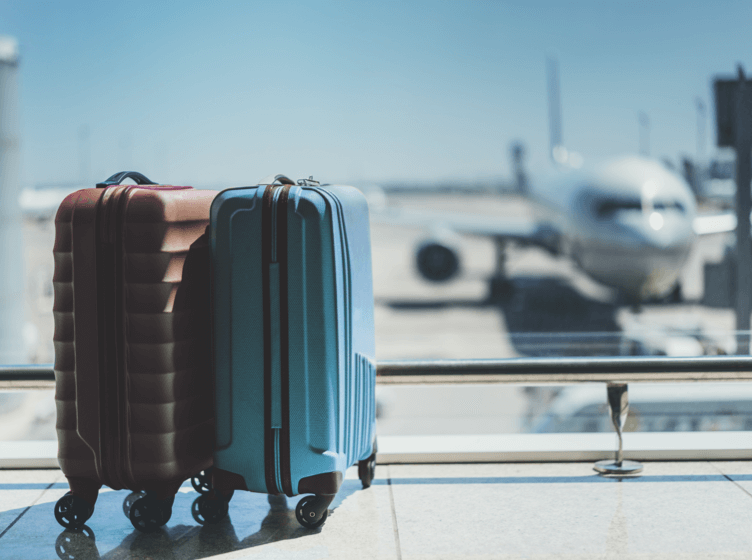Travel Tips for People With MPNs

Author: Voices of MPN
For individuals living with a myeloproliferative neoplasm (MPN) like polycythemia vera (PV), myelofibrosis (MF) or essential thrombocythemia (ET), fatigue and other symptoms can sometimes make getting up and around a challenge. Going to the supermarket can sometimes feel like a challenge, let alone taking a trip across the country.
When movie producer, PV patient, and Community Voice Champion, Todd, flies back and forth from the West Coast to the East Coast, planning around his PV is always an important part of his itinerary. That’s because he knows that having an MPN doesn’t have to mean staying at home. As he has learned, thinking ahead and staying organized can go a long way toward ensuring that his travel plans—and comfort—won’t be compromised along the way.
...being on an airplane for a long period of time puts you at risk for blood clots. I’m very mindful of this, and I make sure to drink a ton of water and get an aisle seat so I can get up every hour or so. You have to be sure to get up and walk around.
When preparing for your next journey, be sure to keep the following travel tips in mind:
- Talk with your Healthcare Professional—When considering any significant travel plans, one of the most important things you can do is to speak with your Healthcare Professional. It’s important to confirm that travel is safe and to discuss how to best manage your condition while away.
- Keep a well-stocked medical bag. It’s important to travel with all the medications and supplies you typically need, plus some extra should you lose or misplace anything. You may also consider asking your Healthcare Professional what to bring along in the event that you experience travel-related challenges, such as motion sickness or traveler's diarrhea.
- Be ready for the unexpected. In the event of an emergency, it’s important to be prepared. Ask your Healthcare Professional if he or she can recommend a health center located near your destination. It can provide peace of mind to know where local emergency facilities can be found and whom to call if you require medical attention.
- Make a list (and check it twice)—In addition to taking along the phone numbers of your individual healthcare contacts, it’s also important to have a complete list of all the medications that you are taking, including dosages, schedules, and generic names (since they could be marketed under different brand names outside of the United States). Also try to keep your treatments in their original containers and pack them in carry-on bags, not in checked luggage (which has the potential to get lost).
- Make sure your immunizations are up to date. Visiting an exotic destination or developing country may require specific vaccinations. Be sure to discuss with your Healthcare Professional what may or may not be recommended for people with your individual condition.
- Have proper documentation. In addition to a passport (if traveling outside of the country), you may also want to ask your Healthcare Professional to draft a letter on official stationery to explain your condition, treatment regimen, and medications.
- Make sure you’re covered. Does your medical coverage vary when you’re out of town or out of the country? Check with your insurance company to be sure. Ask your provider whether or not there are preferred, or in-network, facilities under your plan, and remember to keep your insurance card with you at all times.
- Plan ahead: Whether you’re traveling by plane, train, or automobile, there’s a lot to consider before your journey begins. Will you need to make frequent rest stops? Do you tend to get fatigued or dehydrated? How often will you need to get up and stretch your legs? Consider what to bring with you (water, neck pillow, snacks, etc) to maintain comfort and energy. Also, be sure to pace yourself and allow plenty of time to recharge.
- Consider Travel Insurance. Plans change—and so may your individual MPN symptoms. That’s why it may make sense to purchase travel insurance so that you are covered if you need to reschedule.
- Get a leg up on air travel. The connection between lengthy travel and the risk of deep vein thrombosis (DVT) is well-known. DVT is a potentially serious kind of blood clot that has been linked to sitting in one place for a very long period of time. A blood clot may cause a stroke, heart attack, or blockage of an artery in your lungs (or in a vein deep within a muscle in your arms or legs). As you may know, certain MPNs, like PV and ET, are already associated with a potential for blood clots. This is why it’s important for people with MPNs to be mindful when flying. To keep your circulation moving, stretch your legs, wiggle your toes and get up every so often and walk around the cabin. Talk to your Healthcare Professional to see what he or she recommends for you.
- Get the special treatment you deserve—whether it’s a wheelchair waiting at the airport, extra leg room on the plane, or a first floor room in your hotel, it’s important to notify your travel agent (or the facilities) of any special health-related requirements that you may have.
Whether you’re traveling for work or pleasure, it’s always a smart idea to be prepared. As Todd also knows, it’s important to remember to focus on taking care of yourself. Watch his story now.
Related Articles








